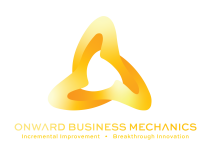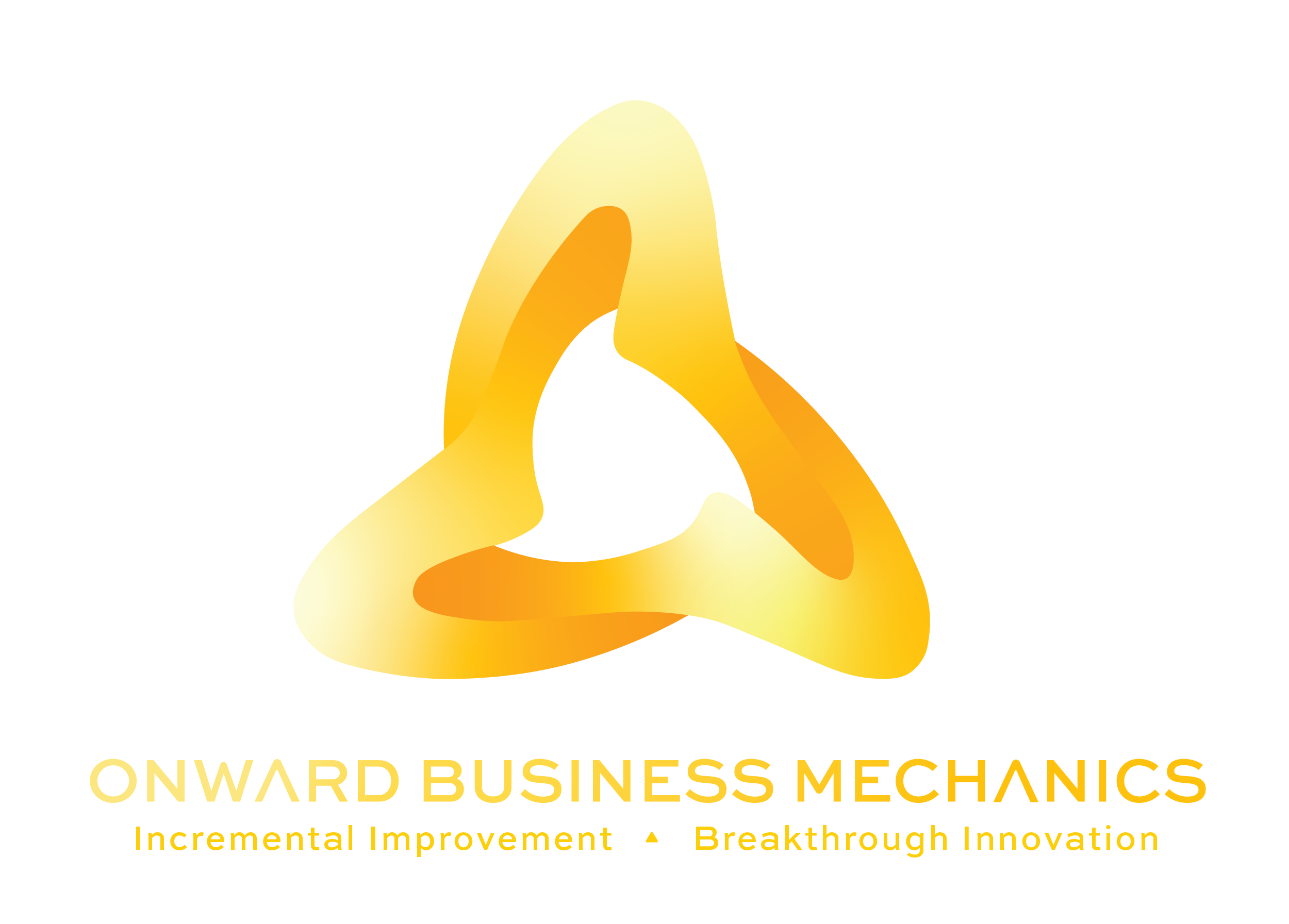My first job out of college was at a powder metal factory.
Quick side note: The powder metal process is actually really, really cool. A special powder is formed, compressed, and baked into solid metal – without liquefaction or melting. So awesome. The process is called ‘sintering’ – but that’s a whole other blog post.
In this factory, the sintering furnace belt kept breaking. The belt was 40 metres long, and whenever it broke, the furnace had to be powered down, a mechanic had to actually crawl inside the furnace, and pull everything together.
In manufacturing, time is money.
This was a big, costly, time-hungry problem. – and time can also become a very angry customer when shipments aren’t heading out the door. No one couldn’t figure out why the belts were breaking.
A continuous improvement team was assembled.
I was assigned as the junior engineer to run around and check samples and do gopher type activities. We rushed around working to figure out root causes, how to prevent them, how to identify signs that a break was coming, and make sure that we weren’t costing ourselves all sorts of down time and bother for nothing.
It was high-pressure, hectic and wild.
It was sort of like a mad rush to the finish line to figure out what was going on and quickly fix it. Through the experience, I began to see how Lean methodology is like a stripped-down version of the scientific process.
- capture current state
- test hypothesis of what’s wrong
- implementing
- making sure the solution stays implemented
Unlike the scientific process, there were no clean stages in that first project, but was actually really exciting. We were trying out theories… it was like a solving a mystery, or following clues. It was fascinating – and it whet my appetite for more!


